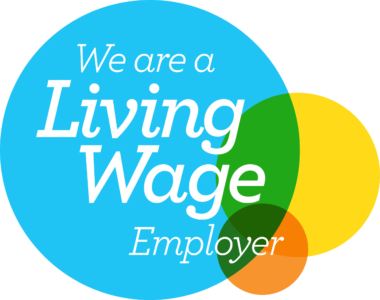What can charities do to avoid being caught up in sham trusts?
What is a sham trust?
The recognised definition of a sham trust is taken from the judgment of Diplock LJ in the case of Snook v London and West Riding Investments Ltd [1967] which was, ironically, a case which had nothing to do with trusts.
The definition is as follows:
“… it means acts done or documents executed by the parties to the ‘sham’ which are intended by them to give to third parties, or to the court, the appearance of creating between the parties legal rights and obligations different from the actual legal rights and obligations (if any) which the parties intend to create.”
In other words, a sham is merely a pretence; a transaction which is one thing but dressed up to pretend to be something else.
In the context of trusts, the settlor is seeking the benefits of a valid trust such as tax advantages, protection from creditors, protection from marital claims and/or freedom from forced heirship, however, they has no desire to give up the benefits of real ownership. The settlor seeks to hide their retained ownership in the form of a trust.
Examples of sham trusts involving unwitting charities – so called ‘Red Cross Trusts’.
In R v Allen [1999], Mr Allen was convicted of providing a false schedule of assets to the Inland Revenue (now HMRC). The schedule failed to list assets that purportedly belonged to two discretionary trusts, of which the only named beneficiaries were the Red Cross and Oxfam, with a power to appoint additional beneficiaries which had not been exercised.
The issue to be determined in the case was whether or not the trusts were genuine, or a sham. It was held that Mr Allen never had any intention of either the Red Cross or Oxfam benefitting from the trusts and, notably, the charities were wholly unaware of their existence. They were merely illusionary and established by Mr Allen with the sole purpose of cheating the Inland Revenue. As such they were held to be a sham, and, therefore, void, and Mr Allen’s conviction was upheld by the Court of Appeal.
What can charities do to avoid being caught up in sham trusts?
Unfortunately there is little that charities can currently do to avoid their good name being used for nefarious purposes. There is a school of thought that argues the only way to avoid, or at least reduce, sham trusts is to oblige all trusts to be registered and their beneficial owners named and made available for public inspection.
Instinctively this feels excessive as there is an expectation that an individual’s financial affairs should be private and should they wish to establish a trust for the benefit of a charity or any other party, some query why that information should be available for public consumption.
However, with the spotlight on tackling money laundering, more and more countries are requiring companies, partnerships and foundations to register their beneficial owners in an official registry with some providing online access to the data. In this context, excluding trusts (which may equally be engaged in unlawful activities, including money laundering) from the requirement is arguably unjustified and could even undermine the steps being taken to force transparency in relation to other organisations/entities.
As there are currently no proposals for an obligatory register of trusts to be established, there is little charities can do to protect against an involvement with sham trusts. They should, however, remain vigilant when they are aware they have been named as a beneficiary and question anything which raises a flag as to the settlor’s true intentions.
If you are aware you are named as a beneficiary to a trust, even a discretionary one, and would like advice on how you can obtain information, enforce your rights and/or what role you may need to play if the underlying trust is challenged, we can help.
If you require advice in relation to any legacy left to your charity, please contact Bernadette Baker or a member of our Charities Team.
The content of this article is for general information only. It is not, and should not be taken as, legal advice. If you require any further information in relation to this article please contact the author in the first instance. Law covered as at October 2018.








